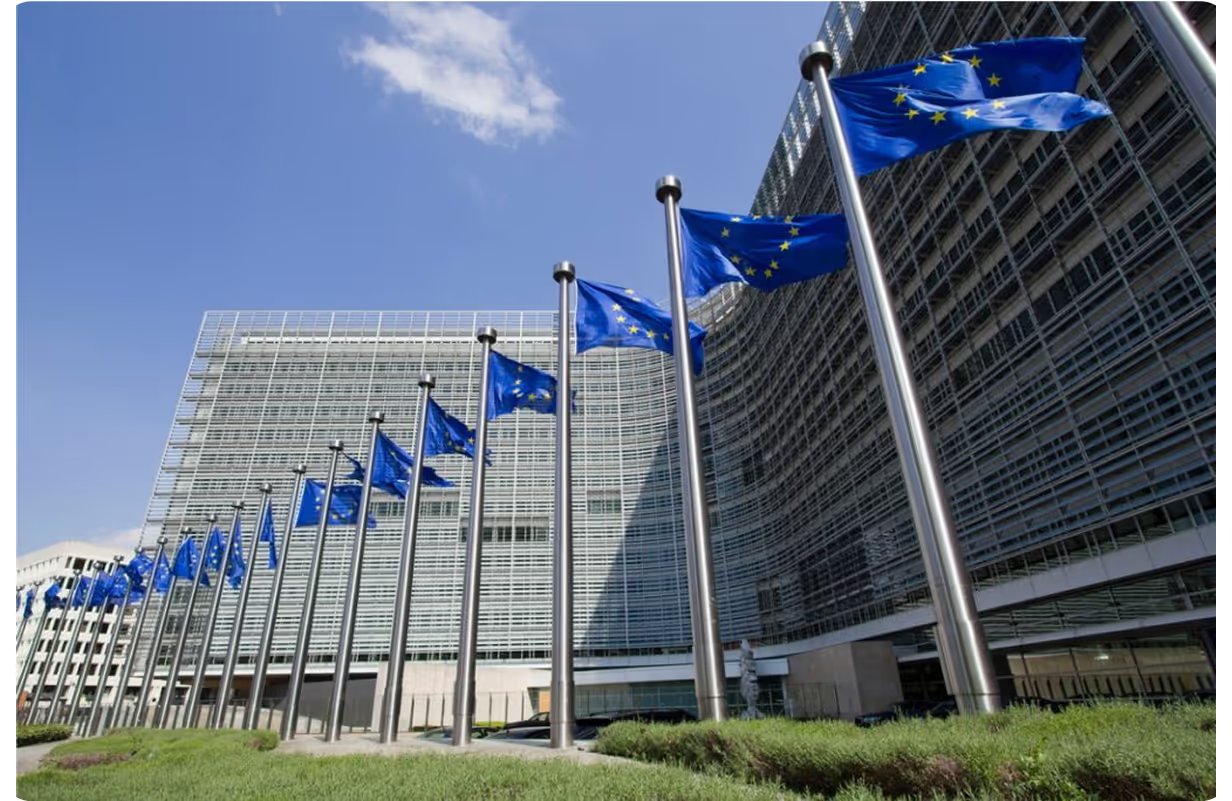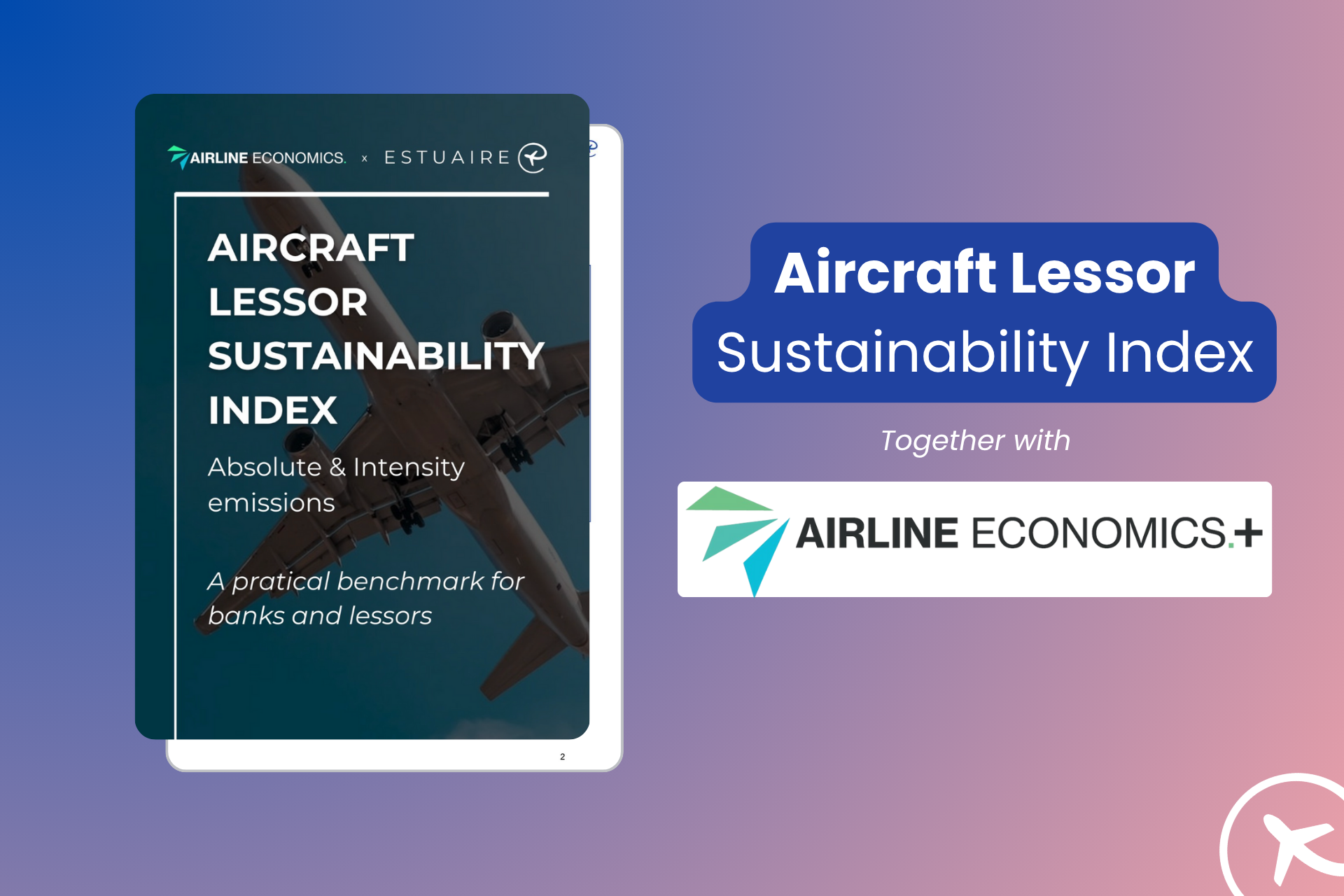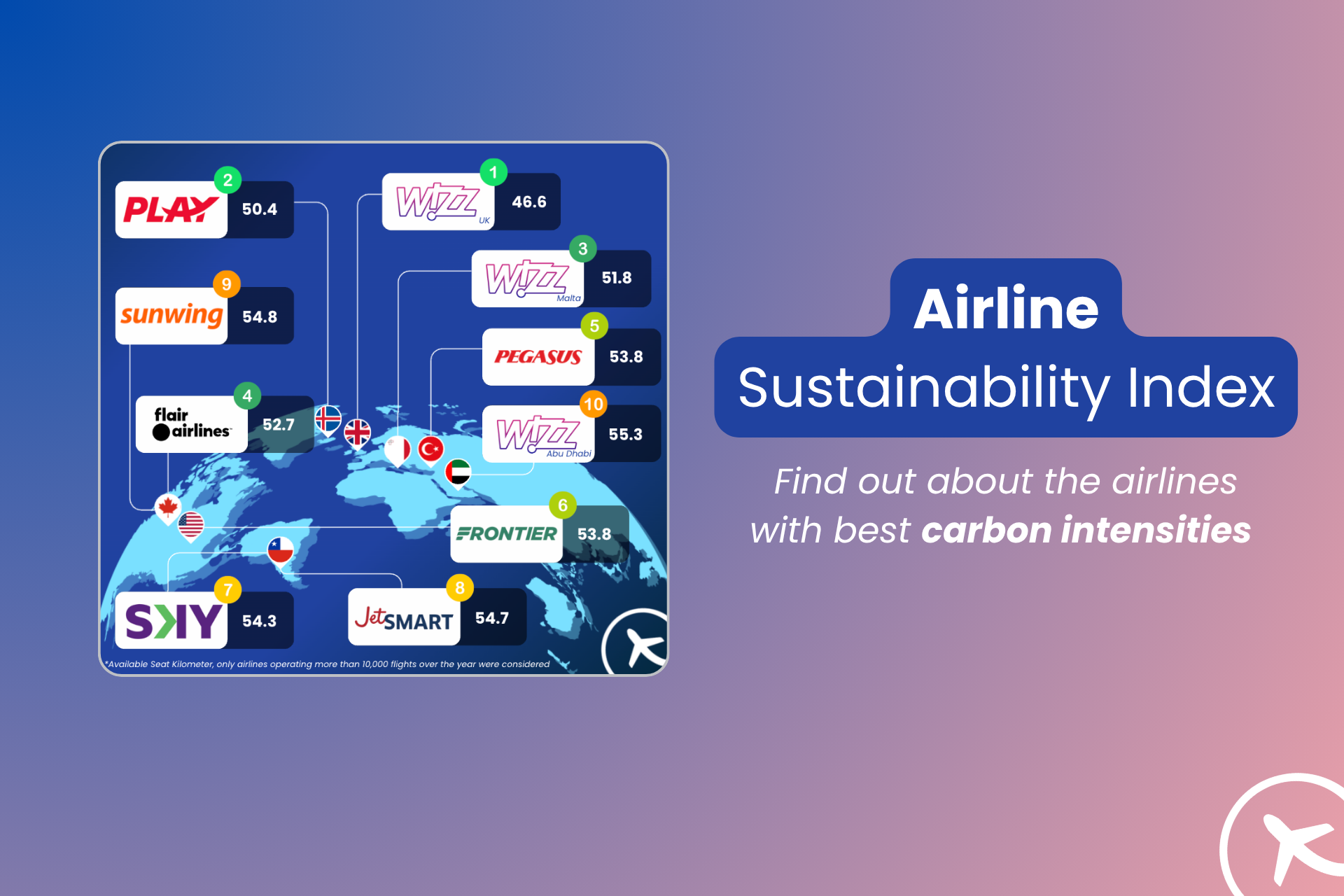End to end contrail & non-CO2 management















Actively %%reduce%% warming contrail formation
Leverage latest weather forecast models to identify Ice Super Saturated Regions (ISSRs) where warming contrails form and fly around them.
Our flight optimizer can help you unlock large climate impact savings with tailored fuel burn constraints. Some “win-win” situations can deliver both fuel and contrail savings and we aim to ensure full compatibility with your existing fuel efficiency initiatives.
.gif)
%%Automate%% your monitoring efforts
Analyze in detail any airline's contrails, NOx and other non-CO2 emissions. Identify the main emission drivers byroute, aircraft type, schedule and geographic region. Prepare for compliance with the EU non-CO2 MRV regulation by collecting the right primary data.

Validate your %%contrail impact%%
Science is progressing fast. New techniques leveraging ground observations and satellite imagery can support robust emissions inventories.
Ready to work on contrail avoidance?
%20(1).gif)
Frequently asked questions
Aircraft cause two types of warming. The first via greenhouse gas emissions, and the second via contrails. Contrails have a warming impact when they grow into cirrus clouds that trap heat into the atmosphere that would otherwise escape.
Due to the nuanced nature of contrail formation, we combine various data sources to model contrail impact on a per-flight basis. These sources include ADS-B flight tracks, high-resolution realization (HRES) meteorology from the new DWD two moments model, and the contrail cirrus prediction model (CoCiP) developed by the The German Aerospace Center (DLR).
Persistent warming contrail formation is a result of several specificities: atmospheric conditions called Ice Super Saturated Regions (ISSRs), cruise altitudes, the amount of soot emitted via engine combustion, and the particulate matter as a function of fuel properties. ISSRs are cold, humid regions in the atmosphere and not all flights fly through them. That's why adjusting flight profiles of only certain flights can have significant climate savings.
Currently, the European Union is the only regulatory body requiring the disclosure of non-CO2 impacts, including contrails. It applies to flights within the European Economic Area, but may expand to any flight arriving or departing the EEA in 2027.
Yes, Estuaire's flight optimization product identifies contrail-avoiding flight levels and high-impact routes to support operational strategies that reduce total warming, not just CO2.
Ready to fly?
Let's explore how Estuaire data can power your sustainability mission.


